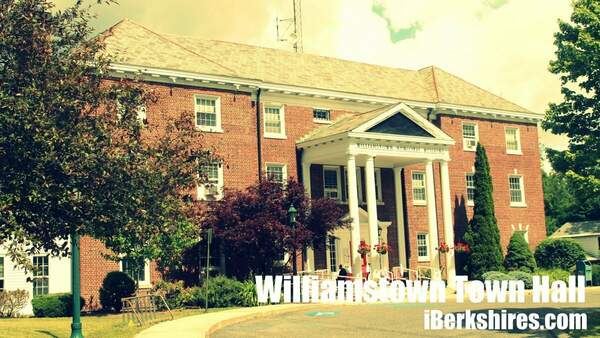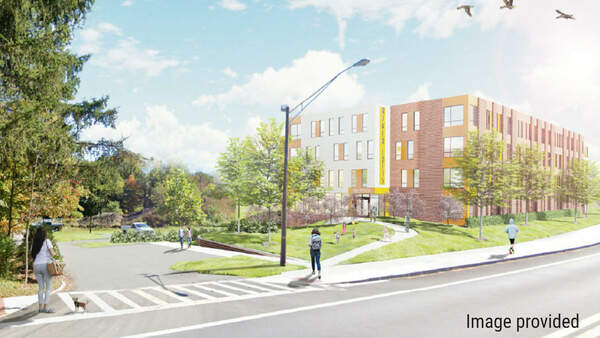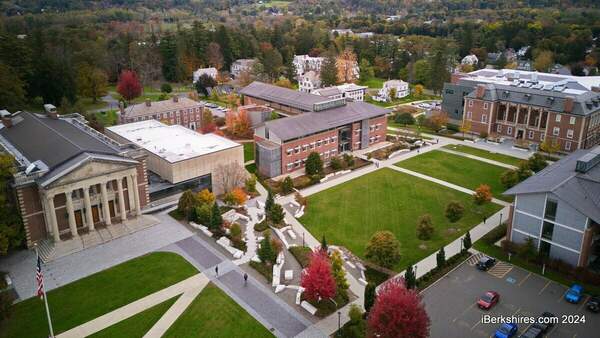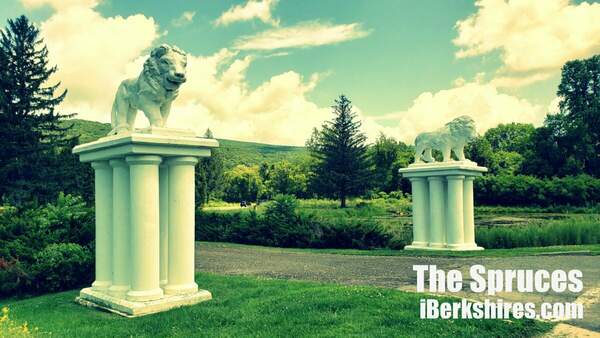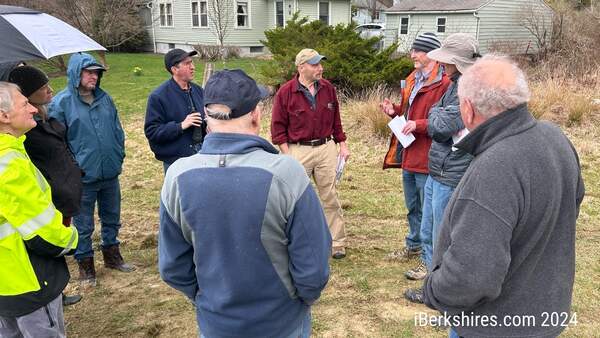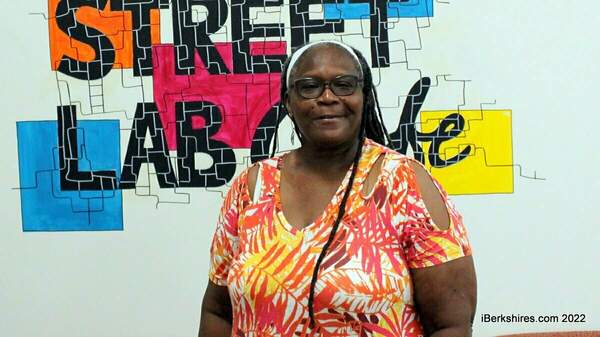WCMA Receives Large Donation of Contemporary Art
 |
WILLIAMSTOWN, Mass. — The Williams College Museum of Art has received a donation of 68 works of contemporary art from the collection of computer programmer and philanthropist Peter Norton.
WCMA is one recipient in a series of gifts to university and college art museums throughout the country. The art, from Norton’s personal collection, is intended to support the integration of the visual arts in higher education, to connect diverse audiences with contemporary art, and to foster creative museum practice.
The gift to WCMA is part of Norton’s second such philanthropic project, following one in 2000 in which he gave more than 1,000 pieces to 32 institutions. Joining WCMA as recipients in this second project are: the Berkeley Art Museum and Pacific Film Archive, University of California, Berkeley; Mary & Leigh Block Museum of Art, Northwestern University; California Museum of Photography and Sweeney Art Gallery at UCR ARTSblock, University of California, Riverside; Hammer Museum, UCLA; Mildred Lane Kemper Art Museum, Washington University in St. Louis; Rose Art Museum, Brandeis University; and the Frances Young Tang Teaching Museum and Art Gallery at Skidmore College.
The gift to WCMA augments the museum’s strength in contemporary art, adding to its collection from the period of the early 1990s to mid-2000s. It includes works by some of today’s leading contemporary artists, including Nayland Blake, Nicole Eisenman, Tracy Emin, Anna Gaskell, Mike Kelley, Louise Lawler, Adrian Piper, Allan Ruppersberg, Kathleen Schimert, David Wojnarowicz, and Christopher Wool. Many of these artists have not been represented in the museum’s collection until now.
Norton is best known for his computer antivirus software and books bearing his name. In 1989, he and his wife Eileen founded the Peter Norton Family Foundation, which supports visual and contemporary non-profit arts organizations, as well as human social services organizations. Norton, who has accumulated one of the largest modern art collections in the U.S., serves on several boards and committees, including those at the California Institute of the Arts, Reed College, Crossroads School, and the Museum of Modern Art in New York.
WCMA sparks new ways of thinking about art and the visual world through its innovative exhibitions, programs, publications and projects. At the heart of the Williams College campus the museum draws on the collaborative and multidisciplinary ethos of the surrounding college to enliven the more than 14,000 works in its growing collection. The museum and its collection is a catalyst for student learning and community engagement. Situated in the rich cultural landscape of the Berkshires, WCMA is free and open to all. WCMA is located on Main Street and is open from 10 a.m. to 5 p.m. and closed on Wednesdays. For more information, contact the museum at 413-597-2429 or visit wcma.williams.edu.
Tags: WCMA,

